Exhibition dates: 5th April – 10th August 2014
Theodor Galle nach Jan van der Straet (Stradanus) (Belgium, 1523-1605)
Destillierlabor
c. 1589 – c. 1593
From the series Nova reperta
Stiftung Museum Kunstpalast, Düsseldorf
Photo: Horst Kolberg, Neuss
Since I have 7 alchemy symbols tattooed on my right bicep in a vertical line to represent the 7 chakras, I thought this was a suitable exhibition for a posting. I love anything alchemical, magical, spiritual – in art and in life. I have just had a couple of snowflakes tattooed on my forearms, one blue / green and the red / orange for an ice / fire combination. Each snowflake is unique and ephemeral, here and gone in the blink of an eye, just like we are. That is their, and our, magic.
The photographer Minor White said it is not just the images that matter, but the space between them that causes an ice / fire frisson. When looking at an exhibition I note how images play off of each other – in pairs, sequences and across the gallery space. It is a relatively simple thing for a photographer to take one good image, more difficult to put a pair of images together that actually says something, but when you get to a sequence of images (as in MW) or a body of work, this is were a lot of artists wane. The intertextual narrative, one woven from the imagination of the artist, does not resolve itself into a satisfying, stimulating whole. How many exhibitions do I see that have some good images but do not access the magic of the music.
Further, we must also remember that in Psychology and Alchemy, Volume 12 in The Collected Works of C. G. Jung, alchemy is central to Jung’s hypothesis of the collective unconscious. “Jung reminds us of the dual nature of alchemy, comprising both the chemical process and a parallel mystical component. He also discusses the seemingly deliberate mystification of the alchemists. Finally, in using the alchemical process to provide insights into individuation, Jung emphasises the importance of alchemy in relating to us the transcendent nature of the psyche.” (Wikipedia)
Jung sees alchemy as an early form of psychoanalysis. The melting of base metal in a crucible and its reforming into gold can be seen as a form of individuation – the dissolution of the ego and its integration into the whole self. Basically the recasting or reforming of identity into a new Self. As the instructive text on Wikipedia notes,
“For the alchemist trying to understand matter and develop base metals into their purest form, gold, substances are grouped as being alike based on their perceived value. Jung documents as these alchemists collectively come to understand that they themselves must embody the change they hope to effect within their materials: for instance, if they hope to achieve the philosopher’s stone that can redeem ‘base’ or ‘vulgar’ metals, then the alchemist too must become a redeemer figure. It became apparent to the alchemists that they were trying to redeem nature as Christ had redeemed man, hence the identification of the Lapis Philosophorum with Christ the Redeemer. The Opus (work) of alchemy, viewed through this interpretation, becomes a symbolic account of the fundamental process the human psyche undergoes as it re-orients its value system and creates meaning out of chaos. The opus beginning with the nigredo (blackening, akin to depression or nihilistic loss of value) in order to descend back into the manipulable prima materia and proceeding through a process of spiritual purification that must unite seemingly irreconcilable opposites (the coniunctio) to achieve new levels of consciousness.”
.
Much of my early black and white work was based on an understanding of the magical nature of the (art)work. This is a fascinating area of enquiry for all artists because this is what they do – they see the world differently, reform it through their art and present it as a pathway for the future.
Dr Marcus Bunyan
PS The catalogue to this exhibition is excellent with lots of interesting essays.
.
Many thankx to the Stiftung Museum Kunstpalast for allowing me to publish the art work in the posting. Please click on the photographs for a larger version of the image.
Marcus new tattoos February 2014
Pieter Brueghel the Younger (Belgium, 1564-1636)
after Pieter Brueghel the Elder
The Alchemist
c. 1600
Oil on wood
68.8 x 96cm
Private collection
David Teniers d.J. (Flemish, 1610-1690)
Alchemist in his Workshop
c. 1650
Courtesy of Roy Eddleman, Chemical Heritage Foundation Collections
Photo: Will Brown
Adriaen van Ostade (Dutch, 1610-1685)
The Alchemist
1661
The National Gallery, London, Bought 1871
© The National Gallery, London, 2013
Hendrick Goltzius (Dutch, born Germany 1558-1617)
Allegory of the Arts
1611
Oil on canvas
181 x 256.6cm
Kunstmuseum Basel
© Kunstmuseum Basel
Photo: Martin P. Bühler
Johan Moreelse (Dutch, 1603-1634)
The Alchemist
1630
Oil on canvas
90.5 x 107.5cm
Robilant + Voena, London und Mailand
Giovanni Antonio Grecolini (Italian, 1675-1725)
The Education of Cupid by Venus and Vulcan
1719
Oil on canvas
48.9 × 64cm
Museum Kunstpalast
Photo: Horst Kolberg
Neo Rauch (German, b. 1960)
Goldgrube [Goldmine]
2007
Oil on canvas
80 x 160cm
Private collection
© Courtesy Galerie EIGEN + ART Leipzig/Berlin / VG Bild-Kunst, Bonn 2014
Photo: Uwe Walter, Berlin
For the first time in Germany, an exhibition spanning all epochs and genres will be introducing the exciting link between art and alchemy in past and present times. 250 works from antiquity to the present, encompassing Baroque art, Surrealism, through to contemporary art from collections and museums in the USA, Great Britain, France, Mexico and Israel reveal the fascination which alchemy exerted for many visual artists. Artists featured in the exhibition, such as Joseph Beuys, Jan Brueghel the Elder, Lucas Cranach the Elder, Max Ernst, Hendrick Goltzius, Rebecca Horn, Anish Kapoor, Yves Klein, Sigmar Polke, Rembrandt van Rijn, Peter Paul Rubens and David Teniers the Younger invite visitors to explore the mystery of transformation.
Alchemy was invariably practised in secret, but was by no means a rare occurrence until well into the 18th century: Eminent personalities, including Paracelsus, Isaac Newton and Johann Wolfgang von Goethe, were alchemists, too. It was not until the Age of the Enlightenment that alchemy was ousted and became intermingled with occultism, sorcery and superstition. In connection with 19th and early 20th-century psychoanalysis alchemy was brought to new life.
The exhibition is divided into two major periods: pre-Enlightenment art, in particular works from the 16th and 17th centuries and the art of the 20th and 21st centuries.
In the pre-Enlightenment era both artists and alchemists laid claim to the ability to not only imitate nature but to even perfect it. This ambition is illustrated in the exhibition by casts from nature made by Bernard Palissy and Wenzel Jamnitzer. Their lizards and other creatures are extraordinarily life-like and yet have been immortalised in precious metal or ceramic as if petrified. The circumstance that artists and alchemists were ultimately rivals is exemplified by the Dutch artist Adriaen van Ostade with his painting depicting an alchemist in his laboratory, having failed to produce gold.
By contrast, the exhibition also includes works by artists presenting alchemy in a favourable light, such as portraits by Rubens and David Teniers the Younger, allegorical paintings by Jan Brueghel the Elder and Hendrick Goltzius, as well as three copies of the “Splendor Solis”, the most richly illuminated manuscript in the history of alchemy. Furthermore, an original manuscript by physicist Isaac Newton, contributed by the Chemical Heritage Foundation in Philadelphia, will be presented here for the first time in Europe.
The modern section of the show begins with Surrealism. Max Ernst, for instance, repeatedly took up the theme of the “Chymical Wedding” in his work. A particular highlight is the painting “The Creation of the Birds”, a key work by the Surrealist artist Remedios Varo. The Androgyne is an important theme, for instance, in the exhibits by Rebecca Horn. Joseph Beuys will be represented by a number of sculptures, drawings and collages, as well as a film and photo documentation of his action at the 1982 documenta. Moreover, the exhibition includes works by Anish Kapoor displaying his characteristic use of intensely coloured pigments. Further exhibits include selected works by representatives of contemporary art, such as Anselm Kiefer, Yves Klein, Alicja Kwade, Sigmar Polke, Neo Rauch and Gerda Steiner and Jörg Lenzlinger.
The exhibition was conceived by Museum Kunstpalast in cooperation with the research group “Art and Knowledge in Pre-Modern Europe” at the Max Planck Institute for the History of Science in Berlin, as well as a group of experts at the Chemical Heritage Foundation in Philadelphia, which also provided many pieces on loan. A Wunderkammer of curious and exotic treasures from flora and fauna is offered for visitors to explore. In an extensive accompanying programme the subject of art and alchemy will be expanded upon by means of lectures, talks and guided tours.
Press release from the SMKP website
Jörg Breu the Elder (German, 1475-1537) (attributed)
Splendor Solis (Splendor of the Sun)
1531-1532
Manuscript; parchment, miniatures in opaque color; calfskin cover
33.1 × 22.8cm
Staatliche Museen zu Berlin – Preussischer Kulturbesitz, Kupferstichkabinett
© bpk – Bildagentur für Kunst, Kultur und Geschichte / Staatliche Museen zu Berlin – Kupferstichkabinett
Photo: Jörg P. Anders
Rembrandt Harmenszoon van Rijn (Dutch, 1606-1669)
Sogenannter Faust [Allegedly Faust]
c. 1651‑1653
Drypoint
21.1 × 16.2cm
Stiftung Museum Kunstpalast, Düsseldorf, Sammlung der Kunstakademie (NRW)
Photo: Horst Kolberg, Neuss
Francois-Marius Granet (French, 1775-1849)
The Alchemist
1st half of the 19th century
Oil on canvas
61 x 48.3cm
Gift of Roy Eddleman Chemical Heritage Foundation Collections, Philadelphia
Photo: Will Brown
Max Ernst (German, 1891-1976)
Men Shall Know Nothing of This
1923
Oil on canvas
80.3 x 63.8cm
Tate, London
Photo: © Tate, London 2013, VG Bild-Kunst, Bonn 2014
Victor Brauner (Romanian, 1903-1966)
Le Surréaliste (“The Surrealist”)
1947
Oil on canvas
60 x 45cm
Peggy Guggenheim Collection, Venice (Solomon R. Guggenheim Foundation, NY)
© Peggy Guggenheim Collection, Venice (Solomon R. Guggenheim Foundation, NY) / VG Bild-Kunst, Bonn 2014
Rebecca Horn (German, b. 1944)
Zen of Ara
2011
Springs, motor, brass, electrical
D: 73cm
Private collection Rebecca Horn
Photo: Karin Weyrich
© VG Bild-Kunst, Bonn 2014
Yves Klein (French, 1928-1962)
Relief éponge bleu (RE 18) (blue sponge relief [re 18])
1960
Wood, sponges, pigment dissolved in acetone
230 × 154cm
Museum Kunstpalast, Düsseldorf, Modern Art
© Stiftung Museum Kunstpalast, Düsseldorf / ARTOTHEK / Photo: Horst Kolberg, Neuss / VG Bild-Kunst, Bonn 2014
Richard Meitner (Dutch born America, b. 1949)
Reductio ad Absurdum
1977
Glass and gold
25 x 80cm
Privatsammlung
Photo: Ron Zijlstra
© Richard Meitner
John Isaacs (British, b. 1968)
Thinking about it
2002
Wax, wire, plaster of paris
15 1/2 x 12 x 13 inches (30 x 30 x 50cm)
Olbricht collection, Germany
Stiftung Museum KunstPalast
Ehrenhof 4-5, 40479
Düsseldorf, Germany
+49 211 56642100
Opening hours:
Tuesday – Sunday 11am – 6pm
Thursday 11am – 9pm
Closed on Monday

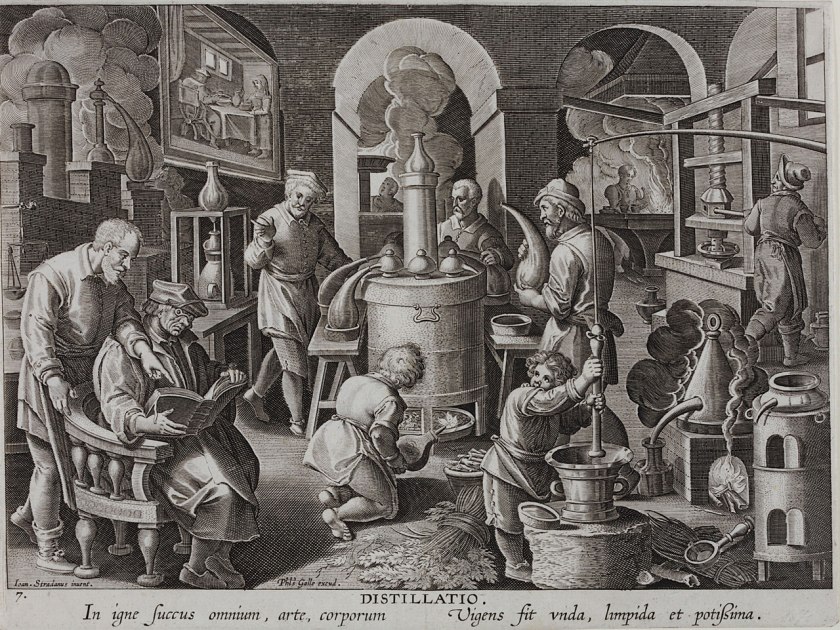
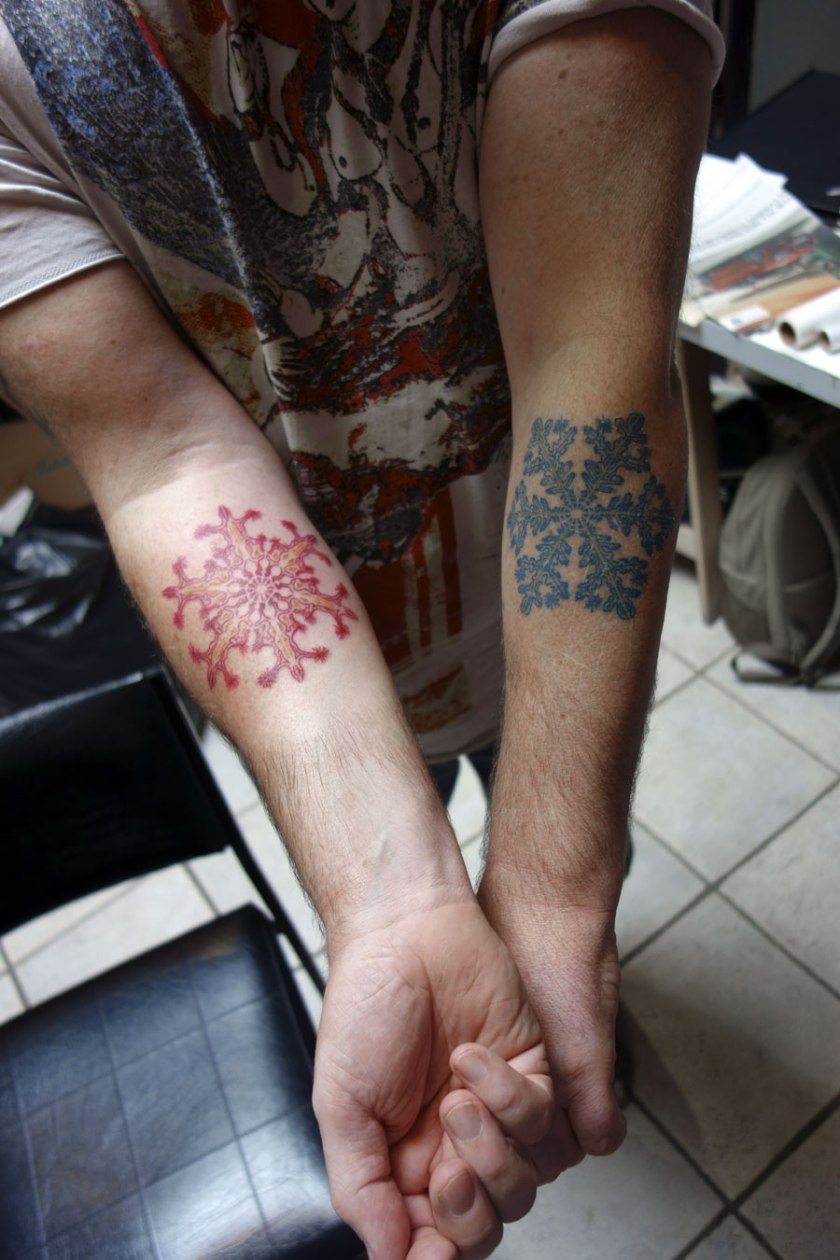
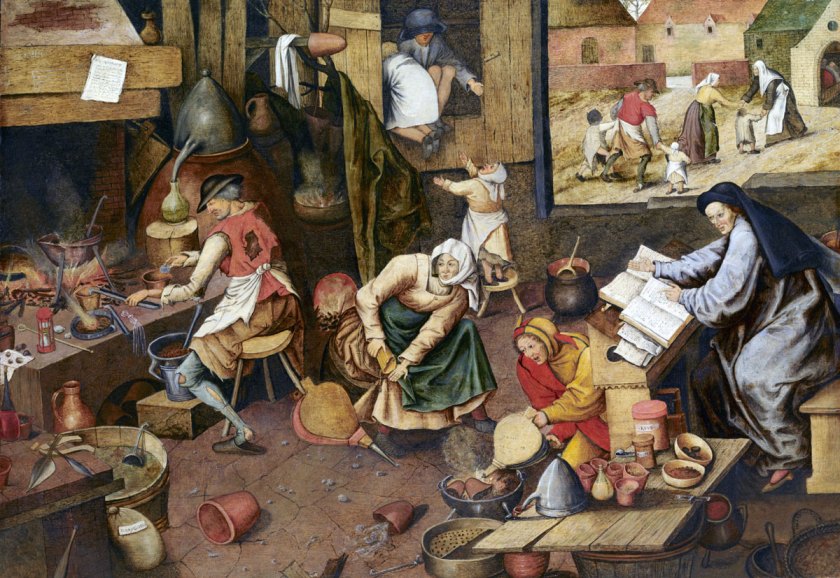
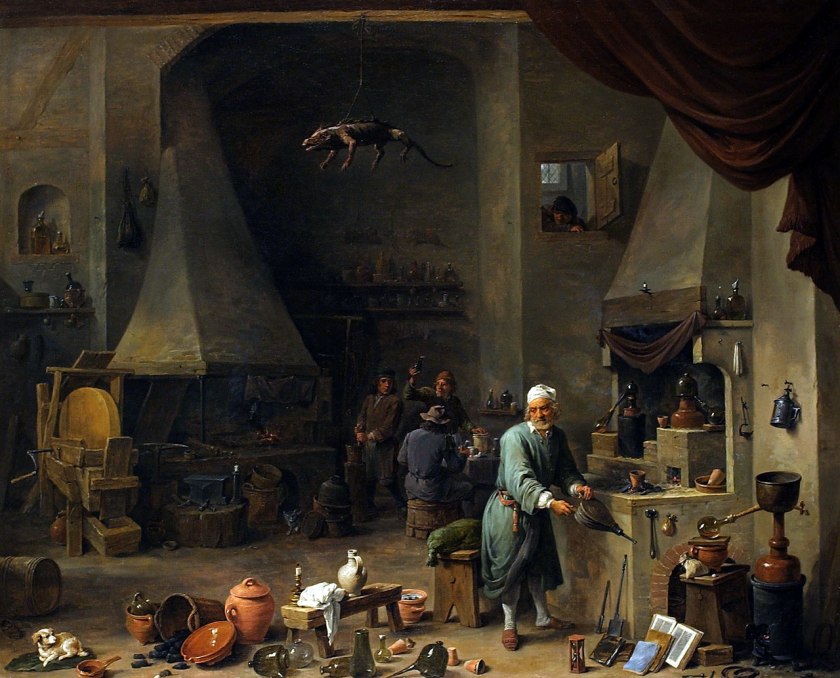
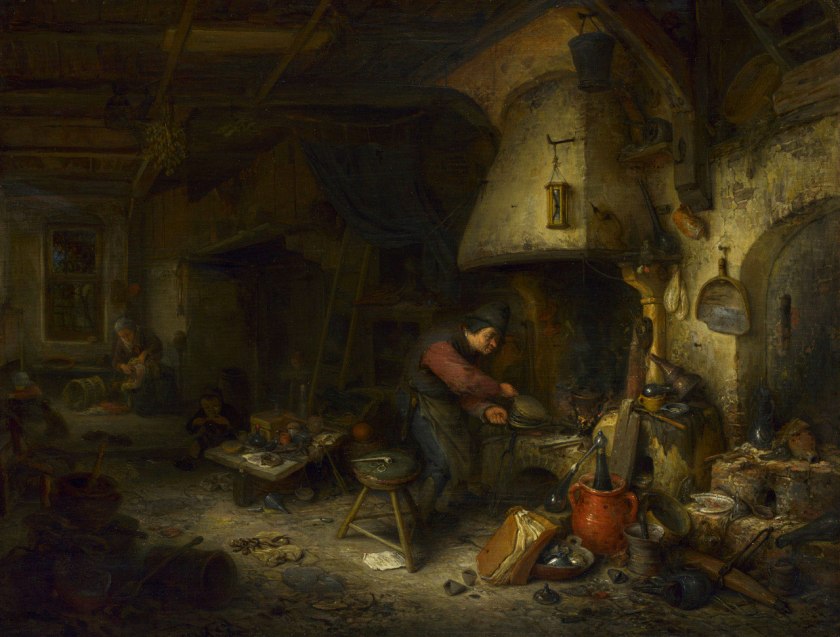



![Neo Rauch. 'Goldgrube' [Goldmine] 2007](https://artblart.com/wp-content/uploads/2014/07/22_neo_rauch_goldgrube-web.jpg?w=840&h=418)

![Rembrandt Harmenszoon van Rijn. 'Sogenannter Faust' [Allegedly Faust] c. 1651‑1653](https://artblart.com/wp-content/uploads/2014/07/12_rembrandt_sogenannter_faust-web.jpg?w=840)

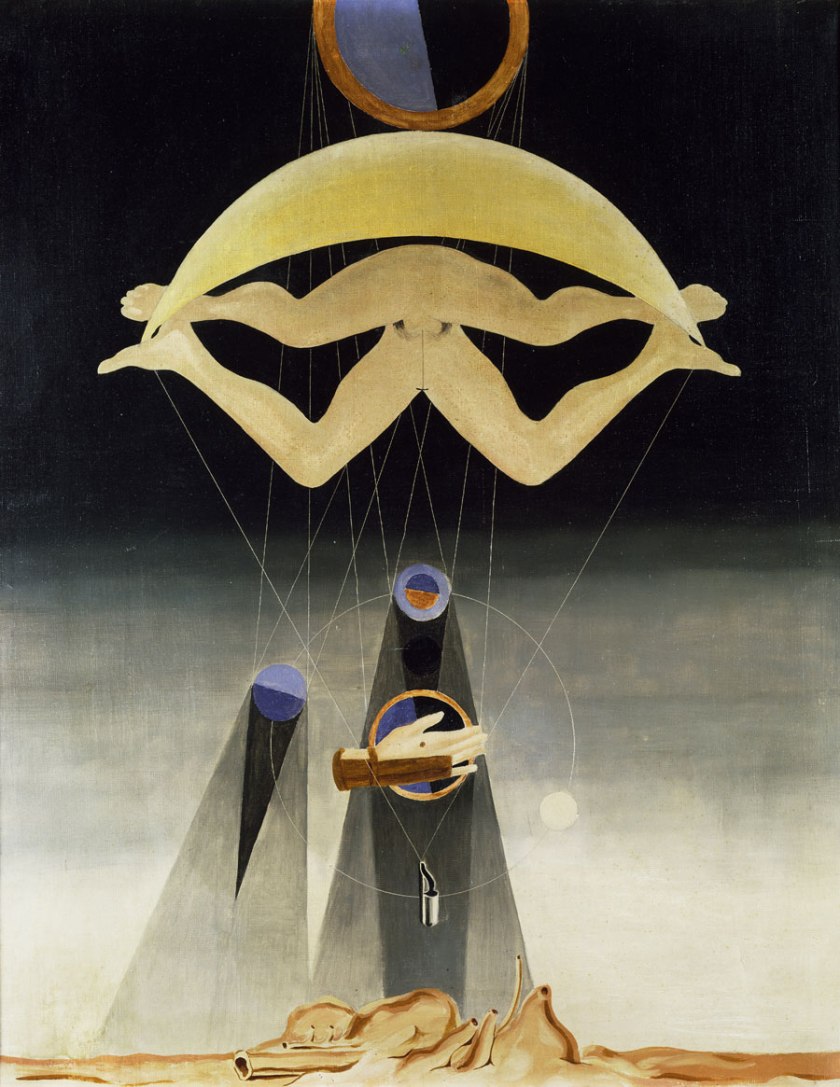


![Yves Klein. 'Relief éponge bleu (RE 18)' (blue sponge relief [re 18]) 1960](https://artblart.com/wp-content/uploads/2014/07/16_klein_schwammrelief-web.jpg?w=682&h=1024)

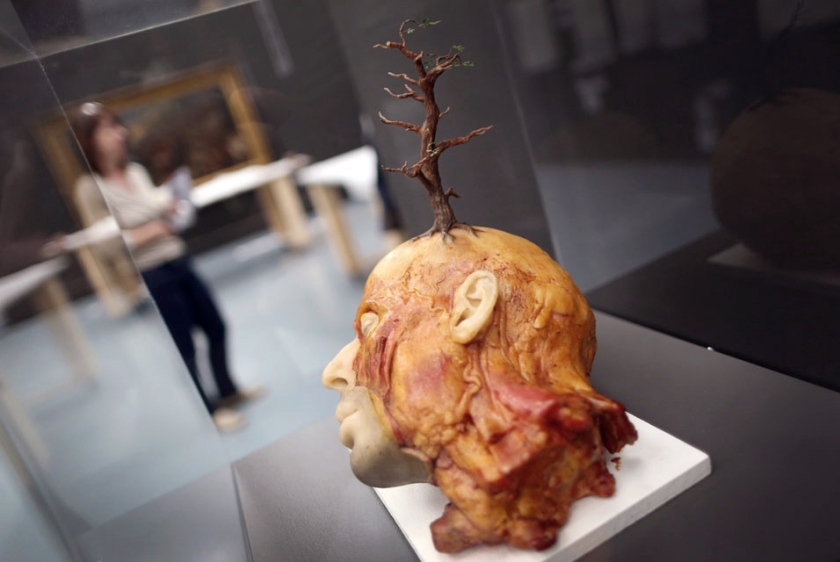

















































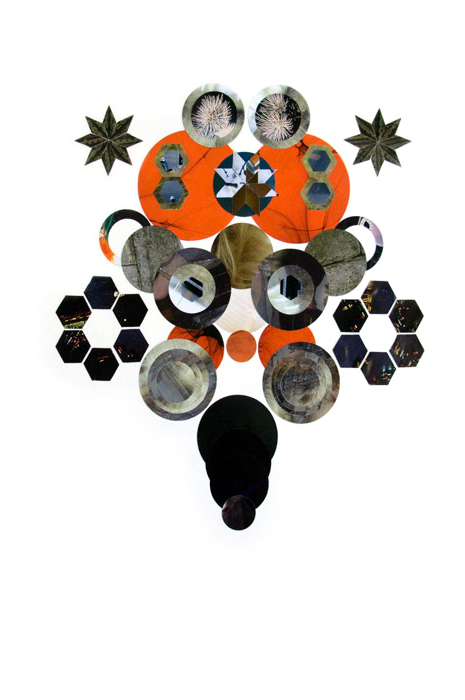

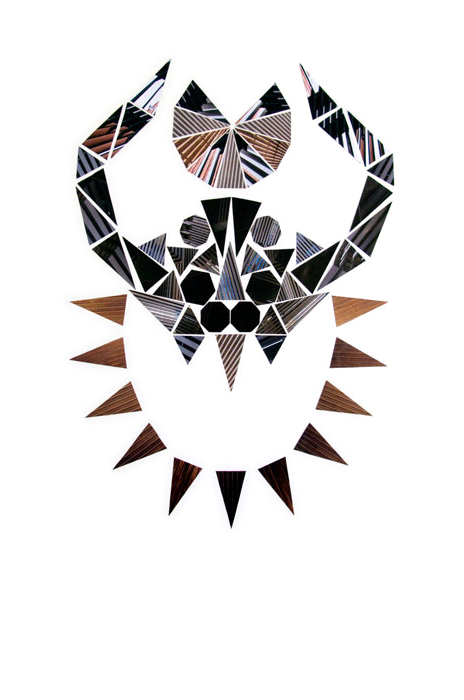
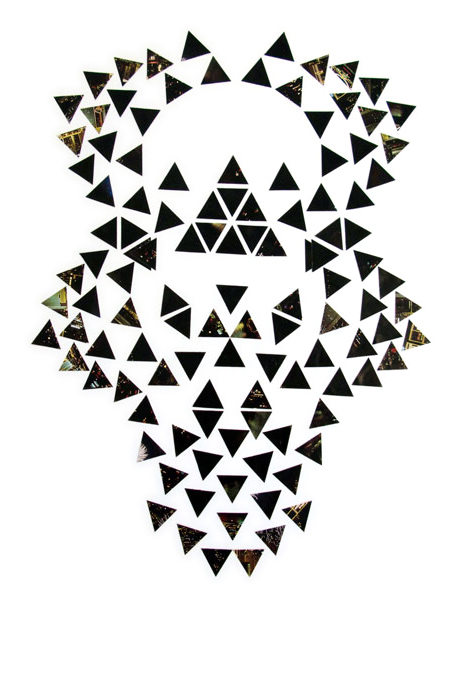
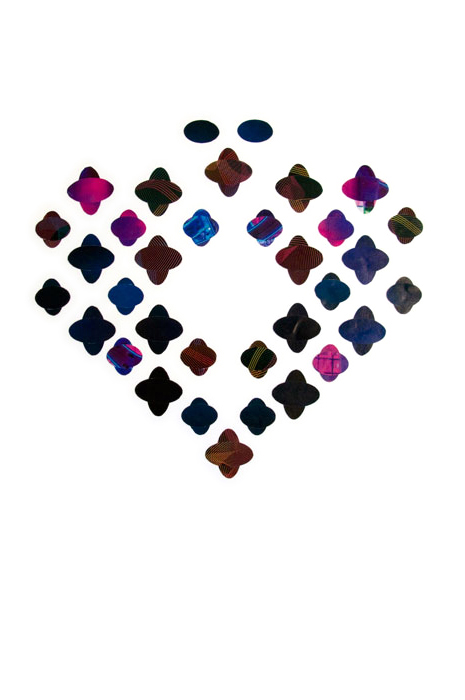
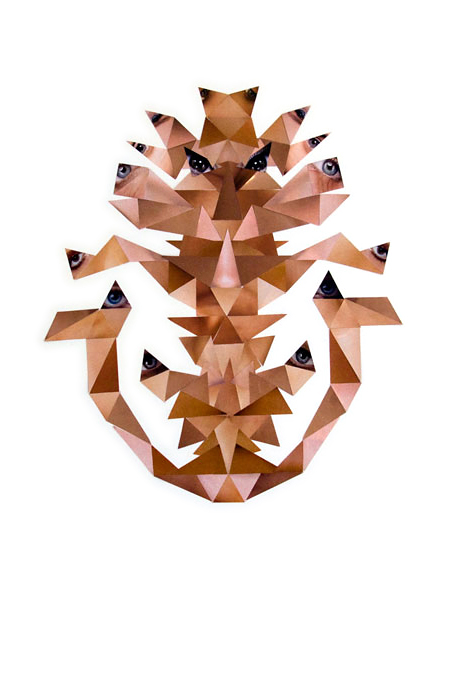
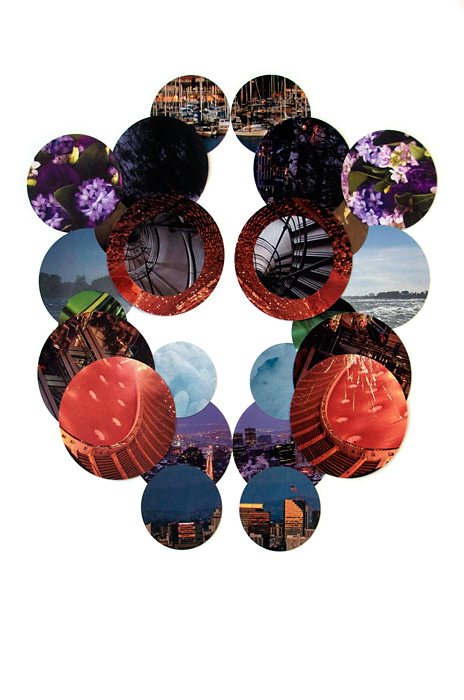













You must be logged in to post a comment.